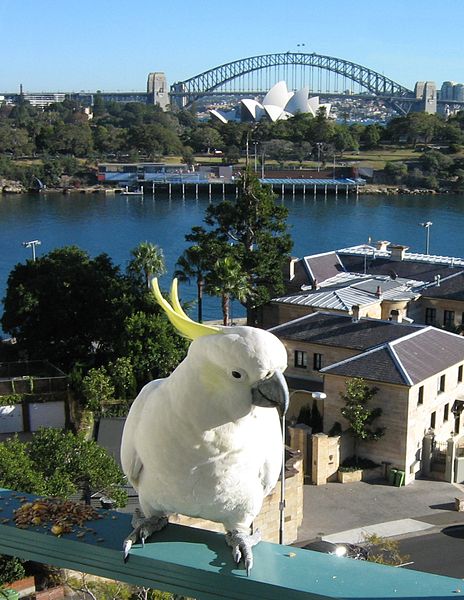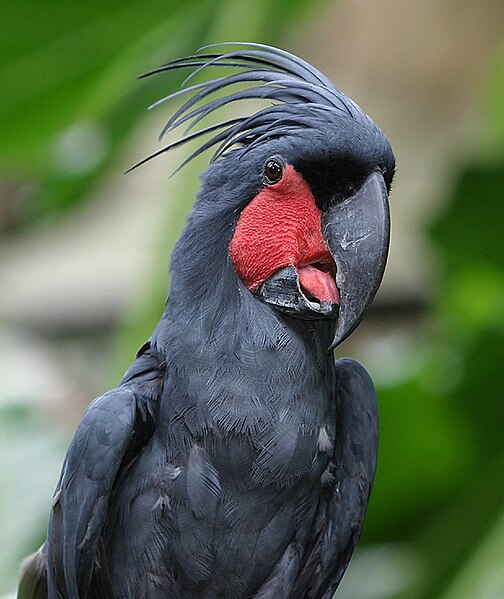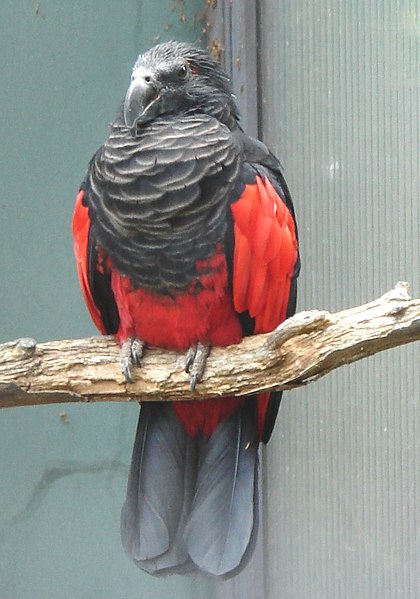While any food provided to wild birds is beneficial, there are a few items that are very important to their health, especially in the winter, but which are often over-looked by well-meaning avian enthusiasts.
Grit
Pigeons, Doves and many other birds must swallow small stones, sand and similar materials (“grit”) in order to break down seed coats and other foods before digestion can take place. Grit is often in short supply during the winter, being either covered with snow or frozen to the ground (in NYC, I’ve observed English sparrows on buildings, pecking at gravel within brick mortar).
You can help winter birds along by providing pet bird gravel, sand and oyster shell (available at garden supply shops) in snow-free locations. It is best to keep grit separated from food, as it will be used slowly and may become contaminated with feces if it lies out too long.
Calcium
Calcium is especially important as winter turns to spring, since female birds utilize this mineral to produce egg shells. However, insects, the main source of calcium for many species, are often scarce at this time of the year. Our Wild Bird Mealworms will be most appreciated by nearly every bird that visits your feeder. You can also supply calcium by mixing oyster shell and ground-up eggshells into your wild bird food.
Food and Shelter
Of course, food and shelter are important concerns year-round. Please be sure to check out our extensive line of bird and wildlife foods, houses and feeders.
Next time we’ll cover a few additional winter-feeding essentials.
Further Reading
Winter is a great time to try your luck at hand-feeding wild birds. Please see Hand Taming Wild Birds for more details.
Woodpeckers, chickadees and other acrobatic birds will put on quite a show if given the chance – please check out Feeding Woodpeckers and Other Avian Athletes for details.
 That Bird Blog – Bird Care and History for Pet Birds
That Bird Blog – Bird Care and History for Pet Birds

 Striking in appearance, playful and affectionate when socialized, hardy and possessed of complex, interesting personalities, Cockatoos have much to recommend them as pets (please see
Striking in appearance, playful and affectionate when socialized, hardy and possessed of complex, interesting personalities, Cockatoos have much to recommend them as pets (please see  Even by parrot standards, most Cockatoos have very loud voices.
Even by parrot standards, most Cockatoos have very loud voices. Having worked for a bird wholesaler during the heyday of parrot imports, I was well-acquainted with many unusual species by the time I first laid eyes on a Pesquet’s. I had even seen some of the relatively few photos of it that existed at the time. However, I was awestruck upon coming face to face with a group on my first day as bird keeper at the Bronx Zoo…photos did not do justice to this parrot oddity.
Having worked for a bird wholesaler during the heyday of parrot imports, I was well-acquainted with many unusual species by the time I first laid eyes on a Pesquet’s. I had even seen some of the relatively few photos of it that existed at the time. However, I was awestruck upon coming face to face with a group on my first day as bird keeper at the Bronx Zoo…photos did not do justice to this parrot oddity.